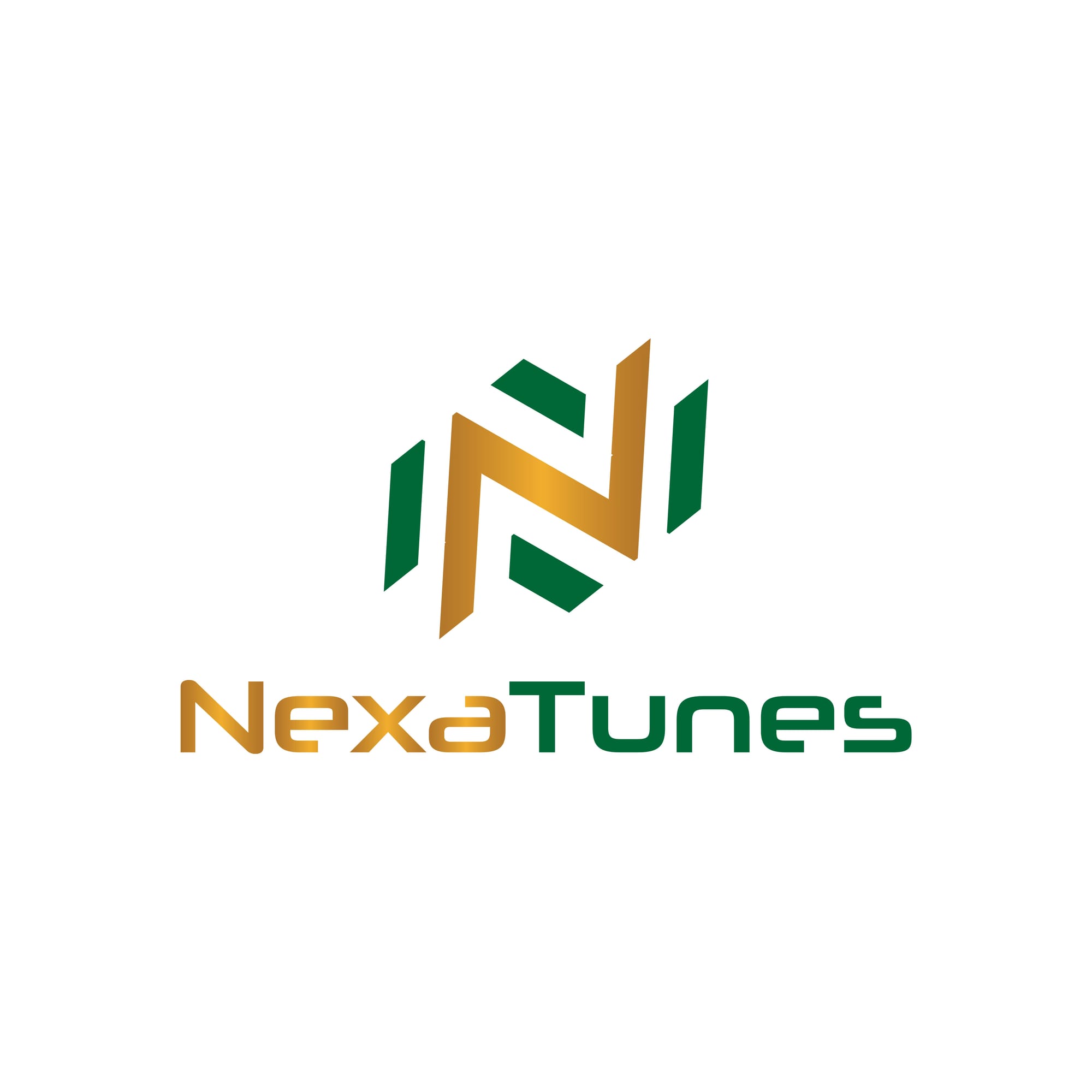Where to Release Your Music in 2025 – Choosing the Right Platforms as an Independent Artist / Label
Introduction
Every platform has its strengths—and none of them work the same way. Whether you’re a solo artist or managing a small label catalog, choosing where and how to release your music can impact reach, royalties, and long-term growth. In this guide, we take a neutral look at the major platforms in 2025, explain what makes each one unique, and help you think strategically about where your music belongs.
1. Streaming Platforms vs. Download Stores – Know the Difference
Before we dive into the platforms, one important split:
- Streaming services (e.g. Spotify, Apple Music, YouTube Music)→ Focus on discovery, playlists, and algorithm-driven growth
- Download stores (e.g. Beatport, Traxsource, Bandcamp)→ Focus on niche communities, DJs, and fans who still want to “own” music
There is no one-size-fits-all. Think about your audience:
Do they scroll playlists, dig for vinyl, or live on SoundCloud?
2. Spotify – Still the Standard for Mainstream Reach
Spotify remains the largest streaming service by volume.
Its editorial playlists, algorithmic pushes, and data tools (Spotify for Artists) are powerful—but competition is fierce.
Pros:
- High user base = high discovery potential
- Algorithmic growth through Release Radar, Discover Weekly
- Popular with playlist curators and music press
Challenges:
- Royalties are low per stream
- Heavily saturated, especially for genres like lo-fi, pop, or deep house
- Editorial pitching requires early uploads and lots of luck
Best suited for:
Artists aiming for playlist traction and global exposure, especially in pop, electronic, and indie crossover genres.
3. Apple Music – Strong Listener Base, Less Algorithm Noise
Apple Music often flies under the radar but offers stronger payout per stream, solid editorial curation, and a loyal user base.
Pros:
- Better average royalties than Spotify
- Strong in certain countries (e.g. U.S., Japan)
- Human curation over algorithms
Challenges:
- No freemium model = lower casual discovery
- Less social or viral impact compared to YouTube/TikTok
Best suited for:
Artists focused on premium audio quality, album listeners, or those building deeper engagement rather than mass reach.
4. YouTube Music / Youtube Channel – Visual + Audio = Engagement Power
YouTube Music / Youtube Channel connects to the broader YouTube ecosystem. That means your music, videos, Shorts, and communitycan all work together.
Pros:
- Seamless link between music and video content
- Growing relevance through Shorts & artist channels
- Revenue via both streams and content monetization
Challenges:
- Requires more effort in visual production
- Monetization depends on content consistency
Best suited for:
Artists with a visual identity, consistent uploads, and those building a YouTube-first strategy.
5. Beatport – From DJ Store to Hybrid Streaming Platform
Once known purely as a download store for electronic music, Beatport has evolved. With the launch of Beatport Streaming and its integrations into DJ software (like rekordbox, Serato, Traktor and more), it now offers a true hybrid between curated downloads and on-demand streaming—tailored specifically for the electronic scene.
Pros:
- Still the go-to platform for DJs across genres like house, techno, and DnB
- Offers exclusive pre-releases and genre-specific charts
- Beatport Streaming enables real-time track previews and DJ set integration
- Growing sync with DJ tools and creative workflows
Challenges:
- Niche focus (mainly electronic music)
- Limited reach outside the DJ ecosystem
Best suited for:
Producers and labels in the electronic music world—especially those aiming for club rotation, chart placements, and long-term scene visibility.
6. Bandcamp – Community, Fairness, and Control
Bandcamp is a hybrid: download store, fan club, merch shop, and streaming hub. It rewards long-term fan engagement and works well without algorithms.
Pros:
- High artist revenue share
- Direct fan communication
- Merch and bundle options
Challenges:
- Limited discovery tools
- Requires active audience building outside the platform
Best suited for:
Artists with a loyal following or niche appeal who value control and fair income.
Conclusion
Each platform plays a different role—and you don’t need to choose just one.
Smart artists and labels build a multi-platform strategy that combines visibility, community, and long-term value.
Here’s a simple thought model:
- Want mass reach? → Use Spotify + YouTube Music
- Want artist-friendly income? → Add Bandcamp
- Want DJ credibility? → Include Beatport or Traxsource
- Want control + ecosystem? → Invest in YouTube as a base
You don’t have to be everywhere. But you should be exactly where your fans already are—or want to go.
